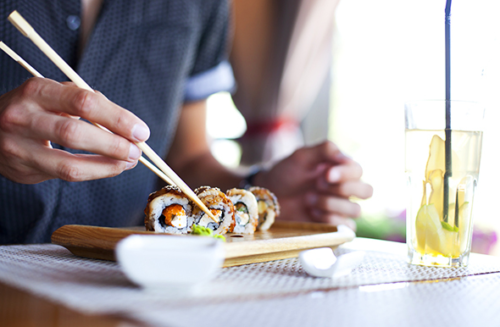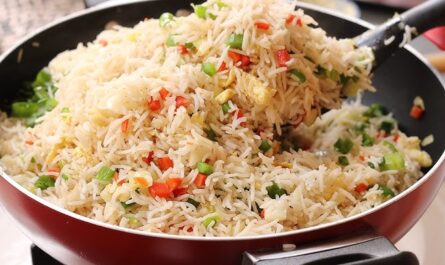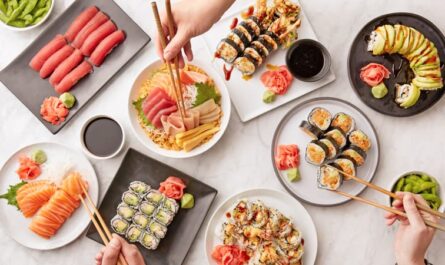Introduction
Have you ever had sushi and its various recipes? Or rather, have you eaten any Maki Sushi recipes? If you haven’t, this is one of the best food you should look forward to enjoying their delicious flavour at any sushi restaurant.
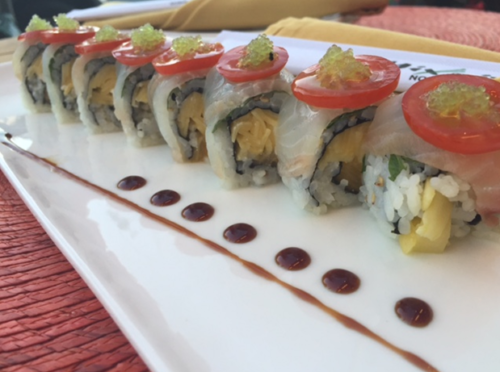
It is a category of food that has gotten higher ratings or demand worldwide. One of its outstanding features is that it is made of unlimited flavours, meeting the needs of everyone. It is similar to pasta which has different categories of recipes.
Who owns Maki Vernacular?
Sushi ordinarily was a Japanese food made up of short-grain rice by the sushi chefs. Other nations and continents later adopted it. Many recipes came up to try to find attractive and appalling recipes to the sense of sight and taste.
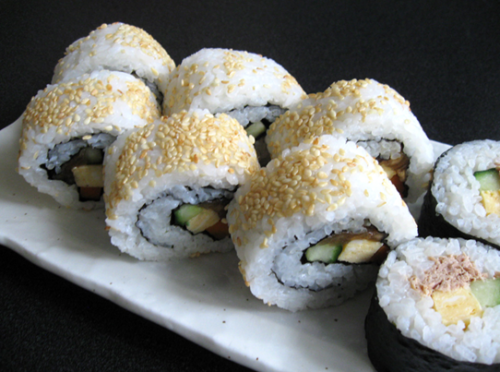
Different sushi rice recipes are made of various ingredients depending on the sushi restaurant or the individual’s preferences. Types of sushi recipes are Maki, Nigiri sushi, cucumber roll, Philadelphia roll, Baston roll, and Shrimp Tempura Roll. For those who are new to sushi, when looking for the best sushi, you consider the ingredients used to make it.
What is Maki Sushi?
In this article were are going to take a look at one type of sushi, Maki sushi.
The ingredients used to make it, the process of making it, and how it is different from others. Lastly, we will highlight some of its distinct features.
What does Maki mean in sushi?
Maki Is?
Maki is an abbreviation of makizushi; Maki means rolls, while sushi is a conjugated name for sushi. At the sushi restaurant, Maki is the rolled, vinegared sour rice. It is the favourite sushi food for those who are not Japanese.
When pronouncing the term maki sushi, they mispronounce it to makizushi. It is a type of Japanese sushi roll constituting various categories of fillings.
Categories of Maki Sushi
Maki is cylindrical, and It can also be called the norimaki category of sushi rolls because sushi rice together with fillings are wrapped up or rolled inside toasted seaweed. The dried seaweed in Japanese cuisine is known as nori. Maki rolls can take various forms, whether bamboo mat or small, Large hand-formed.
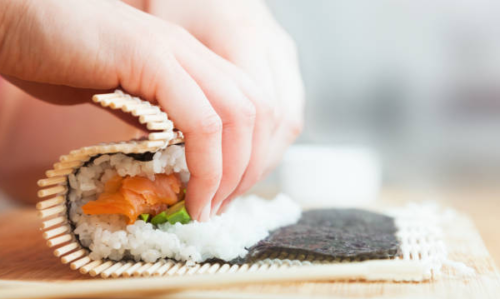
Whenever you think of sushi, it is probably the rolled sushi or maki sushi image at lings in your mind. Maki sushi rice can be used as a main meal dish, appetiser, or bento box for cleansing the palate. The secret to getting a good batch of maki sushi is taking maki with the freshness and flavour of the rice.
Ingredients Used To Make Maki Sushi
It comprises raw or cooked fish, vegetables like lettuce, and vinegared rice. The ingredients are then placed on a sheet of dried toasted seaweed, making the difference between sushi.
They can also be wrapped in a traditional sushi roll: a thin omelette, soy paper, and cucumber. They are rolled into a cylindrical shape.
Subdivisions of Maki
Makizushi is then subdivided into various portions according to their sizes, thickness, and fillings. Maki can also be made of plain vegetables as the fillings on the sushi menus.
TYPES OF MAKI
There are five different types of maki, with each class consisting of its ingredients. The five types of maki are first classified into three categories according to how they are rolled.
The Inside Out Roll
The first is “the inside out roll’. Under this category, maki is moved in the opposite direction. An example under this classification is the Uramaki roll.
Uramaki Roll
The layers of rice characterise it outside of the nori. That’s why it is called inside roll since nori should be the one on the outside. Sesame seeds can be used to coat the rice and make it less sticky. Uramaki roll has a lot of toppings together with the sauce. The toppings can either be cooked or raw fish. The most famous example of uramaki sushi is the California roll.
Hand Roll
The other classification is on hand rolls. The best example is temaki roll.
Temaki Roll
It is classified as an underhand role because it is meant to be eaten while held in hands, also known as vegetarian rolls. Some of its ingredients are vegetables, rice, sashimi, and other fillings. It looks similar to that of an ice cream cone or is cone-shaped.
What Is The Difference Between Maki And Hand-Rolled
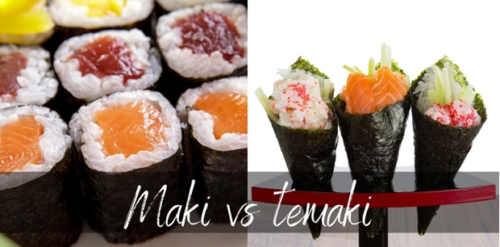
Temaki should be consumed as quickly as possible since the rice will cause the nori to be harder to bite if kept for a while.
Temaki can design to suit different purposes, such as dessert, an appetiser roll, or a main meal. Several ingredients are used for the main dinner, like spicy crab meat wrapped, while for the appetiser and dessert, only fewer ingredients are used.
Nori On The Outside
The third classification is with nori on the outside. An example under this classification is Hosomaki. It is straightforward to make it. It is approximately one inch together with the nori wrappings on the Japanese dish.
Hosomaki
It is a minor type of maki sushi. In Japanese, hosomaki refers to a thin roll. It mainly consists of one or two ingredients to make it. Its features, therefore, differentiate it. For example, kappamaki is a hosomaki with cucumber strips or miso soup, while tekkamaki constitutes tuna.
It is always eaten with a chopstick since it is more fragile than a typical maki. Hamachimaki is the yellowtail hosomaki.
Big Guns
There are other examples of makizushi like Futomaki. You can translate it to fat roll or the “big guns.” it measures approximately two-and-a-half inches. When you mostly hear people comment about maki, they talk of Futomaki as it is sometimes just referred to as maki.
Futomaki
Some of its ingredients are seasoned rice, veggies, and seafood such as shrimp, cramp, imitation crab, eel, egg, tofu, fish, and other multiple fillings wrapped with a thin slice nori sheet.
Noris is used while soft and dry so that it is easy to roll vinegar rice without it tearing. Futomaki is then rolled in a bamboo mat. It is then sliced into various rounds, which are easier to eat.
Chumaki
The other example is chumaki. It is the standard and most available type of sushi rice. Its size is an inch- and -a -half around. It consists of two or more ingredients. Depending on the maki roll is done, it can even hold four components.
conclusion
we have seen that making sushi is a broad Japanese food in maki sushi restaurants with various categories of recipes. Some of the types of maki sushi are Futomaki, which is popular due to its many ingredients, hosomaki, uramaki, and uramaki.

